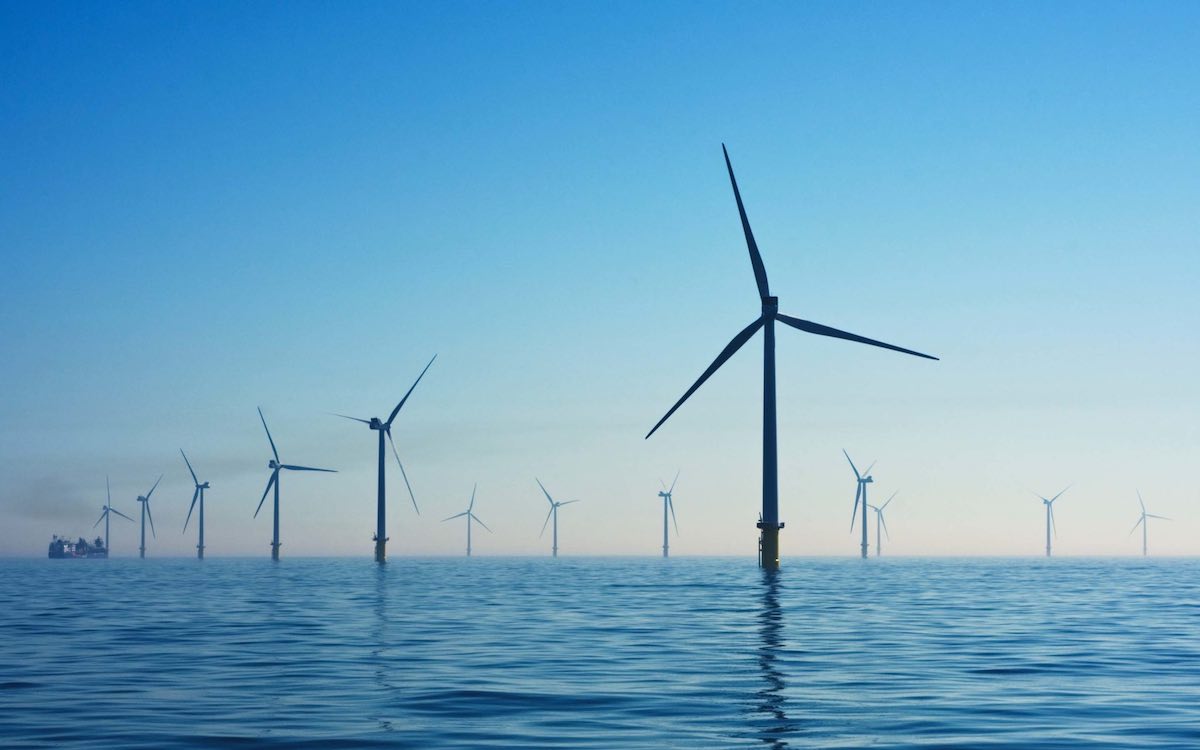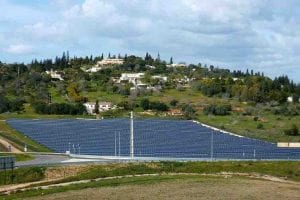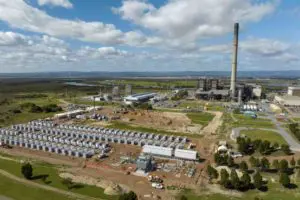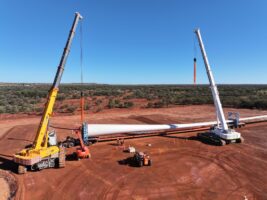Offshore wind leaders have played down concerns about soaring project costs, saying there is good reason to believe conditions will stabilise – as long as governments continue to set and support firm development targets.
The global offshore wind market was rocked last week by the news that one of the world’s biggest projects, Vattenfall’s Norfolk Boreas in the UK, had been halted due to spiralling costs.
Sweden’s Vattenfall revealed that continuing development of the 1.4GW project at the low ball bid it had made several years earlier “simply doesn’t make sense” due to a 40 per cent increase in costs and a spiralling cost of capital.
In the same week, a unit of Spain’s Iberdrola cancelled a contract to sell power from a planned project off the coast of Massachusetts, and Danish developer Orsted lost a bid to supply power to Rhode Island, due to costs now being much higher than the prices bid.
The derailed projects, coming as Australia prepares for the development of its first ever offshore wind projects, are dark clouds on the industry horizon – but the mood at the well-attended Australian Wind Energy conference in Melbourne this week has been markedly buoyant.
BlueFloat Energy CEO Carlos Martín says that, in his view, these incidents amount to “a few one-offs at a specific period of time in the industry,” rather than an sign of things to come.
“Basically, what happened is that some developers had signed off-take agreements … probably assuming that the historical trend of costs going down would continue in the future,” Martín told RenewEconomy from the sidelines of the conference.
“They didn’t predict the war in Ukraine, they didn’t predict the increasing costs and some of the other turmoil in the industry, and eventually costs were higher than they were expecting. And they had to basically decide whether to pursue projects which are unprofitable.”
But Martín says this “perfect storm” of global and industry-wide factors – including costs passed on by turbine manufacturers struggling with supply chain troubles and other growing pains, including equipment failures – is likely to calm down soon, as long as demand remains stable.
“When you talk about turbine manufacturers, they’re in a bit of turmoil right now, but they’re telling us we are still keen on investing in developing new capacity, but more than in the past, we will need to have clear visibility about when those turbines will be needed, and where.
“So that requires us developers also having visibility about what’s coming up in the market,” he said.
“If the market develops on a big scale, but in an unpredictable way, with delays with changing timing and so on, so forth, it doesn’t create the right environment.”
In Australia, the offshore wind industry is only just getting started, but is attracting plenty of interest.
Spain-based BlueFloat, which has four projects vying for spots in the announced development zones in Victoria and New South Wales, is one of a number of major players hoping for success in the federal government’s first issue of feasbility licences – for its 2.1GW Greater Gippsland Offshore Wind Project.
“We have been investing and working in Australia for three years already – we were one of the first developers to enter the market at a time in which many other developers were telling us ‘you’re crazy, it doesn’t make any sense’.
“We are definitely ready and prepared to press the button as soon as we have our feasibility license,” he added.
“We are contracting all the different pieces of the work so that we can be ready to keep the ball rolling the minute we are given the signal from the from the government.”
Martín says progress in Australia has been good, so far, including at the federal policy level, with the declaration of two zones and a first round of feasibility licences due to be handed out.
At a state level, Victoria’s targets for 2GW of offshore wind to be installed and delivering power by 2030, and then 4GW by 2035 and 9GW by 2040, are also helping to shore up confidence in the sector.
That said, calls continue for an extension to Australia’s Large-scale Renewable Energy Target, while others are calling for a separate federal government target for offshore wind, too, to
“We know that the Victorian government’s targets have had a huge impact on how advanced the Victorian offshore wind industry is and we’d really like to see the Commonwealth government set a clear offshore wind target,” Floatation Energy’s head of operations, Carolyn Sanders told the conference on Tuesday.
“We know the offshore wind industry is facing a global supply chain crunch and massive competition for resources,” Saunders said.
“In Australia, we’re competing with the US Inflation Reduction Act and the UK’s 50GW targets. In order to compete and show we’re serious, Australia needs clear and specific offshore wind targets at a federal level and a federal government plan to engage and build the local supply chain.”
Penny Pickett, the head of Australia at fellow offshore developer Corio Generation, says it’s really important to look at Australia in the context of a “highly competitive” global market.
“Nine gigawatts compared to what a lot of other countries are signing up for is actually quite small,” she told the conference.
“We’re seeing really big ambitious targets …I think the European Union has signed up to 300GW by 2050, which is a really big number; the US is 30GW by 2030.
“If we really want to bring the supply chain to Australia, not just for individual projects, but also to help local content, the feedback is that we need to be sending… really strong signals to the supply chain and we can really only do that through strong targets and through really strong policy.”
Martín says it’s not just about setting the big gigawatt-scale development targets, but also about setting and meeting smaller goals to make steady progress through all of the steps Australia needs to take before projects can start being built.
“Namely, for feasibility licenses – there should be more in the future in both New South Wales and Victoria and other states. But also in terms of targets for offtake agreements, [contracts for difference or PPAs], whatever – because this gives a good roadmap and visibility for developers and supply chain to follow.
“Knowing that what is announced eventually becomes executed and implemented is a big source of trust and confidence and it’s the best thing that any any country can do to secure a fast development of industry and to attract a supply chain,” Martín says.
“Because that is what all the players in the industry are looking for, is for certainty.”










